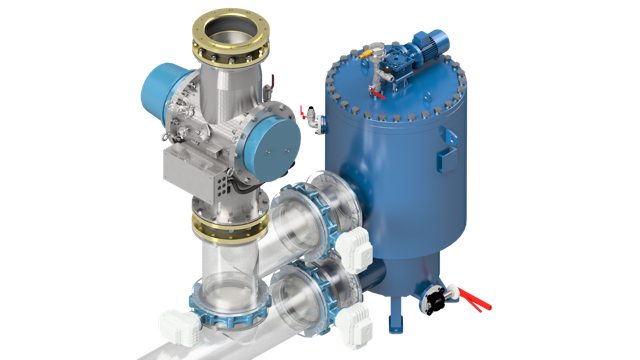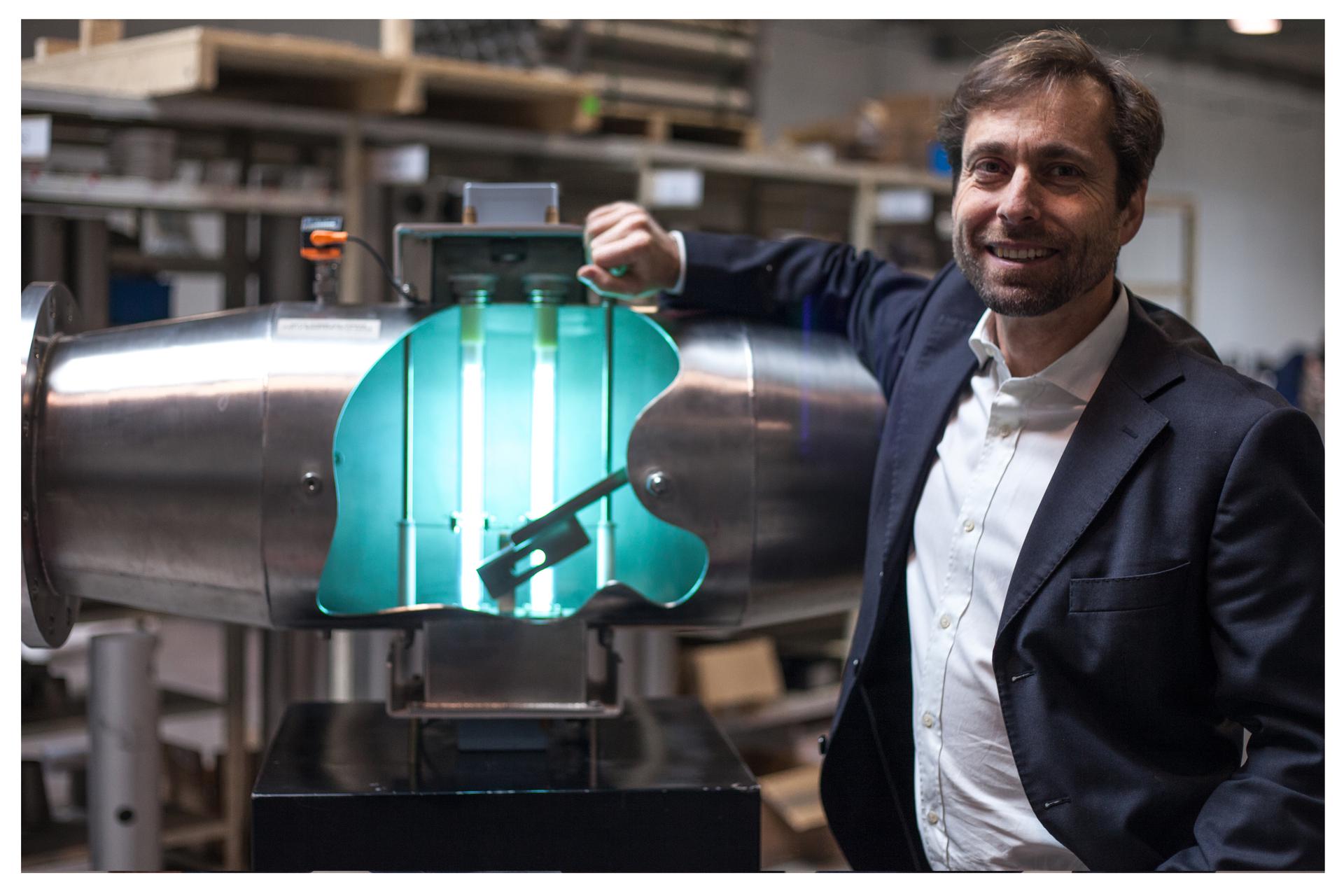With the wide array of ballast water treatment technologies and solutions on the market, it is important that vessel owners carefully assess operational expenditure (OPEX). Here are six questions and answers that should help as you continue to evaluate various ballast water treatment system suppliers.
- How prominently should OPEX figure into the buying decision vs. capital expenditures (CAPEX)?
- The answer depends on the expected operational life of the vessel. Annual operational expenses can range from 3% to more than 15% of the capital cost of the treatment equipment. A significant portion of these expenditures only occur in later years when replacement and maintenance of the equipment become necessary, so owners deciding to keep a vessel for more than 3 – 5 years should consider OPEX as an important factor.
- What important advantages do various technologies provide that minimize OPEX?
- All technologies have operational benefits that can minimize OPEX. For instance, Electrochlorination systems can be very efficient at delivering the necessary dose when ballasting seawater, and a few are designed to reduce electrode scaling by using triple tube electrode (TTE) technology to lengthen the time between cleaning. Alternatively, UV systems are not affected by salinity or temperature, which allows for consistent and reliable performance in all ports. Furthermore, the Trojan Marinex BWT system is equipped with TrojanUV Solo Lamp™ Technology. Typical medium-pressure lamps have a life expectancy of 4,000 hours. The Solo Lamp, however, has a life expectancy of beyond 10,000 hours of ballast water treatment operation, which is equivalent to 10+ years.
- Compliance is the driving force for installing a ballast water treatment system. Are there specific compliance costs that shipowners should be aware of?
- Compliance costs may include regular calibration of equipment sensors and recurring sampling of the ballast water discharge to evaluate the levels of active substances and disinfection by-products. The USEPA’s 2013 Vessel General Permit (VGP) specifies a monitoring schedule for residual biocides sampling of two to four times per year, tested independently, submitted as reported and not averaged, and annual calibration of monitoring equipment. This dual-compliance requirement for all active substance systems (biological and residual biocide monitoring) increases the cost of compliance over physical treatment methods (e.g., UV) and is an additional consideration when evaluating technologies.
- Planned replacement of consumables or equipment is an important consideration when evaluating OPEX. How should a shipowner seek confidence that these expenses are accurate and representative?
- Technology is best proven in the field, but the reality is that few ballast water treatment systems are currently in operation, and disclosure of any operational information has been limited. In light of this, relevant data should be provided by the manufacturer that demonstrates the system’s expected performance based on years of testing, experience during the Type Approval process, and track record in other applications. Life cycle testing of critical components is becoming standard practice in the marine industry, and many manufacturers may be able to share the degree of which they stress-tested their technology to support the proposed replacement schedule.
- Unplanned maintenance can greatly impact OPEX. What are some risk areas that shipowners should be aware of?
- Anticipating problems requires a degree of familiarity with the equipment and knowledge of what can go wrong. All systems attempt to remain clean during operation, but over time, scaling, biofouling, and sediments can accumulate on critical components and inversely affect performance or prevent treatment. Similarly, high concentrations of active substances can, over time, cause premature seal failure or adversely affect ballast tank coatings and ballast piping systems. A regular inspection program is necessary to identify early warning signs and resolve issues.
- Periodic cleaning may be important to maintain the performance of a ballast water treatment system. What environmental conditions will impact the frequency of cleaning?
- Similar to other marine equipment, periodic cleaning of the equipment may be necessary to maintain performance over the life of the system. Since ballasting rarely takes place in clear marine waters, systems will treat water with sediments, contaminates, and high organic loading that may exceed the capacity of the system. The combination of heavy sediment and biological material loading has been known to affect filters and disinfection equipment uptime, and should be considered when ballasting to signal potential problems.
If you have any additional questions about ballast water treatment OPEX, please visit trojanmarinex.com or call +1 519-457-3400.
Ship Efficiency Review News
To contact the reporter responsible for this article, please email editor@fathom-mi.com


































